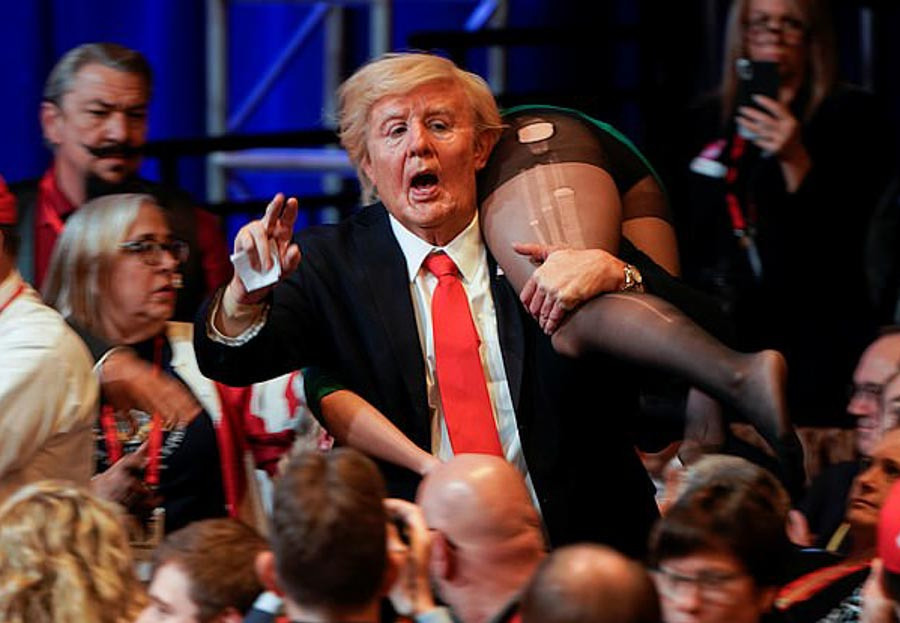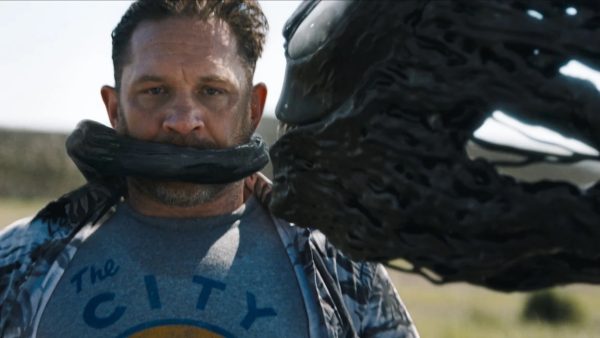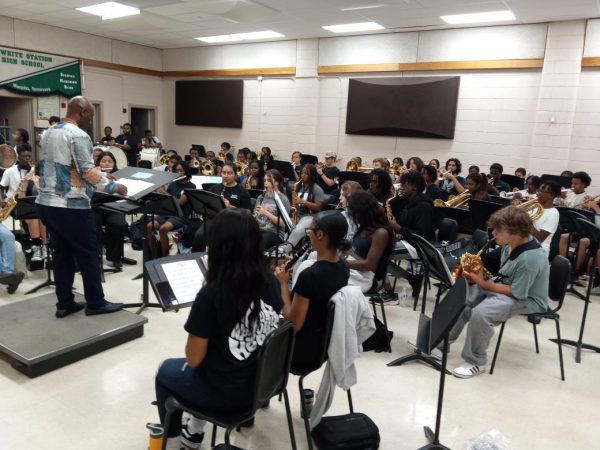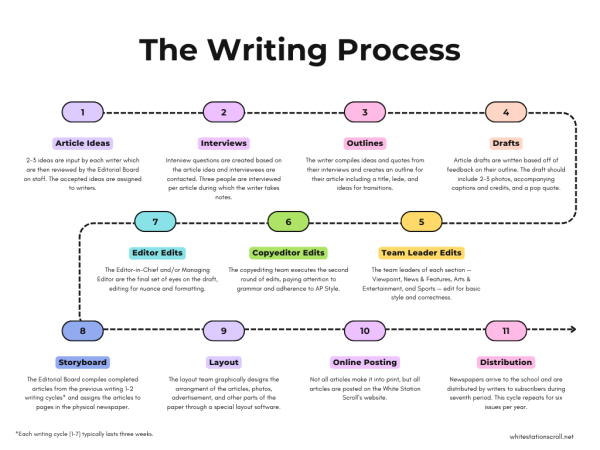Borat Subsequent Moviefilm review
Dressed as Donald Trump, Cohen crashed the 2020 Conservative Political Action Conference. The prank was covered by several news outlets at the time, but they were unaware that it was a part of the filming for a Borat sequel.
In the midst of a pandemic and rocky political climate, Sacha Baron Cohen provided a sharp commentary on American culture in his latest work, Borat Subsequent Moviefilm, the sequel to the highly acclaimed Borat, which was released in 2005. The film focuses on the titular Borat Sagdiyev, a Kazakhstani journalist who is sent to the United States to meet Vice President Mike Pence.
Cohen initially said that he would not be reprising the role, given that the commercial success of the first Borat would make it difficult to film without being noticed. Therefore, when it was announced that the sequel would be releasing on Amazon Prime, it was a shock to audiences.
“Seeing Borat, today in the pandemic, I was so excited when they announced there was going to be a second one,” Micah Unowsky (11) said. “It was so out of the blue. Everyone went crazy.”
Picking up where the first film left off, Borat Subsequent Moviefilm doesn’t miss a beat.
It’s revealed that Borat’s been sentenced to hard labor for bringing shame to Kazakhstan, a nod to the negative reception that the first film faced due to its portrayal of the country. To atone for his crime, he is sent on another mission: to bring a gift to Mike Pence in an effort to court favor with President Trump and revive Kazakhstan’s reputation.
This fictional story arc sets the stage for a series of unscripted interactions with real American citizens and political leaders. In the movie’s mockumentary style, only a few characters are real actors; the rest are people that happen to cross paths with the cast.
Watching the movie felt like looking into a mirror reflecting America’s ugly political landscape. The first Borat was set in the middle of the Bush administration, so when I watched it, I lacked a frame of reference for the United States’ political sphere at that time. This one, in contrast, focuses on the current debacle of the Trump era.
Cohen’s character is sexist, anti-semetic and homophobic, but not just for it’s own sake. By playing such a shocking role, he’s able to evoke even more shocking conversations from people featured in the film. In one scene, he’s even able to convince a crowd to rail against science, leading a chant to inject Dr. Anthony Fauci with the “Wuhan flu.”
“It’s the most important movie of the year,” Conner Coady (11) said. “Because of how it just shows how you can just break down the stereotypical American. To understand it, you need to watch the first Borat movie. He’s constantly going around with this misogynistic and racist mindset and then everyone just goes with the flow, they don’t say anything about it. He amps that up in the second one.”
But the most impactful part of the film by far was how Cohen was able to interact with prominent political figures Mike Pence and Rudy Guiliani.
“I have never seen the sleaze in Washington portrayed as blatantly as that,” Zoe Wolfe (12) said.
Where I felt the film was lacking, however, was in its emphasis on Borat’s fictional relationship with his daughter, Tutar. The real, unscripted interactions with American citizens are what made the first film spectacular.
In contrast, the sequel attempts to weave together a storyline about Borat and his daughter, which falls flat. The scenes featuring only Borat and Tutar rely heavily on scripted dialogue, which helps advance the plot but does little to add humor. However, it’s no fault of Maria Bakalova, who played Tutar. Bakalova’s improvisational skills and onscreen chemistry with Cohen shone through, and it’s especially impressive that this was her first major studio performance.
Nonetheless, I felt that it was incredibly humorous. Cohen’s reprisal of Borat, paired with the timeliness of the film’s subject matter, make for an entertaining diversion from the chaos of 2020.
Your donation will support the student journalists of White Station High School. Your contribution will allow us to purchase equipment and cover our annual website hosting costs.









































